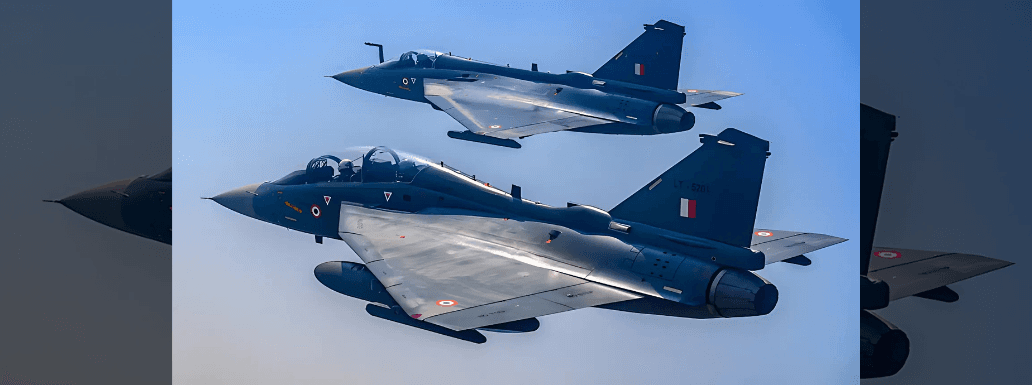Sunday 30 November 2025
India’s Future with Stealth Fighter Jets: A Crucial Decision
Share

India is at a pivotal moment in modernizing its air force, with critical decisions to be made regarding its future fighter jet fleet. As China’s military strength continues to grow and the Indian Air Force (IAF) struggles with a declining number of fighter squadrons, India must choose between purchasing cutting-edge foreign stealth fighters or accelerating its indigenous fighter jet program.
During his Washington visit, Prime Minister Narendra Modi met with US President Donald Trump, who announced that India was being considered for thepurchase of F-35s, a fifth-generation stealth fighter primarily sold to NATO allies Japan and Israel. The F-35 is among the most advanced jets globally, equipped with state-of-the-art sensors, artificial intelligence-driven combat systems, and seamless data-sharing capabilities.
However, at approximately $80 million per aircraft, the F-35 is also one of the most expensive fighter jets in the world. Moreover, integrating it into the IAFs existing infrastructure would be a challenge, especially without co-production rights. Such a purchase would deepen India’s defense ties with the U.S., but it may not align with Indias long-term goal of self-reliance in defense manufacturing.
Another option for India is strengthening its defense partnership with Russia by procuring theSu-57 stealth fighter. However, many experts doubt its viability. India had previously been part of a joint development program with Russia for the Su-57 but withdrew in 2018 due to disputes over cost-sharing, technology transfer, and the aircrafts capabilities.
While Russia continues to market the Su-57, Indias concerns about its performance and the reliability of the partnership make it a less attractive choice compared to other alternatives.
Indias long-term air force modernization plans primarily focus on the development of its homegrown Advanced Medium Combat Aircraft (AMCA). The AMCA, being developed by the Defence Research and Development Organization (DRDO), is a fifth-generation stealth fighter designed to fulfill Indias future combat needs while reducing dependence on foreign technology. The project has received a budget ofnearly 15,000 crore, signifying the governments commitment to its success.
However, the AMCA remains at least a decade away from deployment. Delays in indigenous fighter jet development have been a recurring issue, forcing India to make stopgap purchases from foreign manufacturers. The IAF Chief, Air Marshal AP Singh, has openly expressed concerns about these delays, acknowledging that the force cannot afford to wait indefinitely for a homegrown solution.
With the IAF operating only 31 fighter squadronswell below the sanctioned 42it urgently needs new aircraft. The Sukhoi-30, Indias current workhorse, will require a long-term replacement. The IAF plans to acquire over 500 new jets, including the Tejas Mark 1A and Mark 2, which are indigenous light combat aircraft. India is also considering purchasing 114 multirole fighter jets under the $20 billion Multi-Role Fighter Aircraft (MRFA) program, but foreign participation in this initiative remains uncertain due to delays and procurement challenges.
Indias air force modernization faces three major hurdles, funding constraints, procurement delays, and dependence on foreign technology. Defense spending has shrunk in real terms, making large-scale foreign acquisitions difficult to sustain. Meanwhile, as India prioritizes indigenous development, delays in DRDO projects create cycles of temporary reliance on foreign purchases.
Experts says that Indias future in airpower isnt just about buying the best jetits about building a sustainable and advanced domestic aerospace industry. While acquiring a small number of advanced foreign fighters like the F-35 or additional Rafales might address short-term capability gaps, the long-term solution lies in successfully developing and delivering the AMCA on time.For India, the true challenge lies in breaking the cycle of delays and dependency.
Newsletter
Stay up to date with all the latest News that affects you in politics, finance and more.